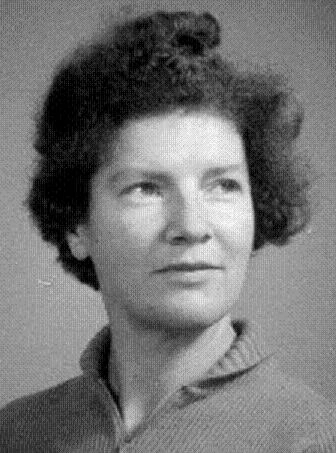
‘Janet Frame was New Zealand’s best known but least public author. The originality and power of her fiction ensured that she was frequently spoken of as a candidate for the Nobel prize for literature, most recently last year, when a journalistic leak from Stockholm revealed that she was once again on the shortlist.
‘The author of 12 novels, four story collections, one book of poetry and three volumes of autobiography, Frame was born in Dunedin, on the South Island. Her early life, spent in small towns in Otago and Southland, where her father worked for the railways, was blighted by a sense of alienation and the deaths by drowning of two of her sisters. While she was working as a trainee teacher in Dunedin in 1945, the combined effects of her feelings of inadequacy and the family bereavements brought on an emotional breakdown, which doctors mistook for schizophrenia – a misdiagnosis that kept her in mental hospitals for the better part of a decade.
‘In reference to this period, Frame would later write: “I inhabited a territory of loneliness which … resembles the place where the dying spend their time before death, and from where those who do return, living, to the world bring, inevitably, a unique point of view that is a nightmare, a treasure, and a lifelong possession … [It is] equal in its rapture and chilling exposure [to] the neighbourhood of the ancient gods and goddesses.”
‘Critics would eventually suggest that it was Frame’s familiarity with the extremities of experience in mental hospitals, combined with her precocious facility for language, that enabled her to burrow so far, and so convincingly, into the human psyche in her fiction. Her first book, The Lagoon And Other Stories, was published while she was still a patient at Seacliff hospital in 1952. It won New Zealand’s only literary award, which led the hospital superintendent to cancel a scheduled leucotomy on Frame, an operation that might have left her in a vegetative state.
‘In 1955, after her release from Seacliff, Frame moved to Takapuna, Auckland, to stay with Frank Sargeson, the doyen of New Zealand writers. There, she wrote her first novel, Owls Do Cry, making extensive use of both her family tragedies and her time in hospitals. When it was published, first in New Zealand and then in the United States and Britain, it was widely praised for its originality and its insights into the world of the insane. But the correspondence of parts of the narrative to the author’s own experience led to a widespread belief among readers and critics that Frame was a mad genius, whose creativity had its origin in mental disorder.
‘To the frustration of her publishers and agents, Frame shunned publicity, which had the effect of making readers and journalists even more intrusively interested in her life than they might otherwise have been. It was in a vain attempt to quell this interest and accompanying speculation, and to have “my say” about the circumstances of her commital to mental hospitals, that led her to write autobiographically in the early 1980s.
‘Frame herself was untouched by the notion that she was a genius and a world-renowned author. People could say it; that didn’t make it so. To her, her reputation was but one of many features of an existence she found surreal, even preposterous – like the very fact of being alive, or of daring to use language to capture and to convey human experience. The publication of her authorised biography, Wrestling With The Angel, in 2000 was an experience she endured rather than enjoyed.’ — Michael King
____
Further
The Janet Frame Literary Trust
Janet Frame: The Self as Other/Othering the Self
janet frame & the tempest
Janet Frame @ goodreads
JANET FRAME REFRAMED
Janet Frame page @ Facebook
In search of Janet Frame
The Janet Frame Collection
Is there a Story in Janet Frame’s The Lagoon and Other Stories?
Closure and Happy Endings in Janet Frame’s The Lagoon and Other Stories
Janet Frame Obituary
Janet Frame’s private life
Book: ‘Janet Frame’s World of Books’
“We Liked Janet Frame Til We Read Her”
Janet Frame, by Alan Tinkler
And: a complex little word at the heart of Janet Frame’s language
Janet Frame in Focus: Women Analyze the Works of the New Zealand Writer
Janet Frame: Semiotics and Biosemiotics in Her Early Fiction
JANET FRAME ET LE DISCOURS DE LA NORMALITÉ ENTRE INTÉGRATION ET DÉSINTÉGRATION
Fiction Podcast: Miranda July Reads Janet Frame
A literary pilgrimage: In search of Janet Frame’s New Zealand
A song of survival: Neil Hegarty on Janet Frame and Owls Do Cry
Unravelling the riddle of Janet Frame
Melancholia in Janet Frame’s Faces in the Water
____
Extras
Janet Frame: Master of Words
The Lagoon by Janet Frame
Janet Frame
_____
Interview

Elizabeth Alley: In the autobiography you seem more willing than in the fiction to open some of the doors about yourself and your life – to correct some of the myths that surround you.
Janet Frame: I wanted to write my story, and you’re right of course, it is possible to correct some things which have been taken as fact and are not fact. My fiction is genuinely fiction. And I do invent things. Even in The Lagoon which has many childhood stories, the children are invented and the episodes are invented but they are mixed up so much with part of my early childhood. But they’re not quite, they’re not the true, stories. To the Is-Land was the first time I’d written the true story. For instance, Faces in the Water was autobiographical in the sense that everything happened, but the central character was invented. But with the autobiography it was the desire really to make myself a first person. For many years I was a third person – as children are. ‘They’, ‘she’… and as probably the oppressed minority has become, ‘they’. I mean children are forever ‘they’ until they grow up.
EA: For a long time you really were quite reluctant to discuss anything that had to do with the genesis or meaning of your work.
JF: Well I write, you see. I don’t tell about my life. I just write and that is my telling, but in order to set down a few facts and tell my story, this is my say.
EA: When did you first discover you could make words work for you?
JF: Oh I’ve never discovered that… I’m still working at that.
EA: But it was a conscious search in your life, wasn’t it, to make the power of words into…
JF: Well yes, as I was writing the autobiography, much was revealed to me about my growth that I hadn’t realised. You’ve referred to my description of words in our family as ‘instruments of magic’. Spoken words, in childhood, arrive from ‘on high’ — as high as the sky — you can’t reach out to grasp them and play with them, they travel from room to room and in a magical way come in from outside the ouse. They can be anything — bombshells, globules of honey or small utilitarian hinges, hooks… You can see how words might become a most desirable property. Also in our family the spoken words were far from ordinary — my father’s recitation of the places he passed on his daily train-journeys; and my mother’s reciting of poetry.
EA: Did you perceive this as something missing?
JF: Yes, simply again, no one had told me I had imagination. I think I probably did have. I wasn’t even aware of it, but in a way like a material possession because I saw that anyone who did have imagination — I wasn’t looking outside into the world of New Zealand and its writers because I didn’t know about them — but I perceived that anyone who did have imagination was revered. It was something to be treasured, and anyone at school who had imagination was always spoken of with awe.
EA: I wonder how much the material deprivation that you were exposed to in your childhood caused this search for the imagination. Did you feel that there was something extra that you wanted to look for?
JF: I don’t think so. If so, very slightly. I think it was the excitement and importance of the poetry, reading and words, and when I began to write poetry I enjoyed it very much.
EA: Somebody once wrote of you that your art was — I think he called it ‘born from a predicament.’ Do you think that a different kind of writer would have emerged from a different kind of environment, or is it something that was going to be there regardless of the kind of circumstances in which you lived?
JF: I don’t for one thing know what kind of a writer I’m supposed to be. For myself, I think it was inevitable, whether I was materially deprived or not, that I should try to write. Simply because it was part of my background.
EA: Thinking about this aspect of imagination still, do you think the fact that you’ve chosen to lead a fairly solitary life — that you need that to be able to continue with your writing — means that you need to draw on a more heightened sense of imagination than if you were leading a life full of experiences and activity and crowded with people all the time?
JF: Well, I think a writer needs to lead a solitary life. When I saw that, you have to be in isolation to do your work. After you’ve done your work, well that’s another matter. The work is the response.
EA: In some of your earlier novels I suppose what the critics call the dark side, the pain prevails. But in To the Is-Land it’s the joy and humour and the fun that is prevalent. And really, humour and satire have always been very important to you, haven’t they?
JF: In To the Is-Land I wrote the story of my life. My story, and this is me which comes out. There is pain, things happen, but whatever comes out is ordinary me without fiction or characters.
EA: How do you react to the critics who so often talk about that dark vision, that’s too narrow to share:
JF: Well, a novelist is subjected in reviews to the blurring of the fine distinction between the writer’s work and the writer’s life. Extreme views based on the content of a book might even pass judgement on what is assumed to be the outlook of the writer herself. In a sense this is agreeable, proving the successful reality of the book. For example, reviewers of The Adaptable Man referred to my desire to live in another age, the age of St Cuthbert. And also spoke of my interest in gardening and my knowledge of plants.
EA: Which is not true, is it?
JF: Well, I’m interested – I’m not passionately interested in gardening. I’m interested in everything, but I’m not a gardener. And there was a character who was a gardener, an intense gardener. When I visited the United States, someone in California took me round Santa Barbara Botanical Gardens and pointed out every plant.
Others talk of my pessimistic outlook on life, and my habit of bringing disaster to the characters. This was in The Adaptable Man, referring to the close of The Adaptable Man where one character is left almost totally paralysed, able to view life only through a mirror. The critical references to me and my supposed personal views, I think they’re simply a failure of the art of literary criticism. Well, they’re an impurity of response which I suppose is natural, but who said literary criticism should be natural? The critic reminds me of the film The Fly, where the scientist, immersed in his experiment, doesn’t realise that a fly has accompanied him to the cabinet. When he emerges, his work finished, he’s part-man, part-housefly. I mean the critic has the sort of little impurity, but the writer works within the limitations or framework of her personality, although the outlook and the view over the territory of time and space and human endeavour is endless. But writing also is a kind of job. You ask about the dark side. Well, if I’m a plumber and I find there is a certain amount of work to be done in a certain street, exclusively with, say, the pressure of the household water supply, then you can’t assume that I’m not qualified also to fix your sewer or install a shower, or a swimming pool. If, as a writer I happen to work in a street where a few disasters occur, this is no foundation for the belief that I’m interested only in disasters. Similarly, if I write of a dark side, it doesn’t mean that I’m not interested also in the whole view. You must be.
EA: What about those critics who say that ‘the range of emotional experience of your characters is limited’. Is the full emotional range of experience something that you’re not really all that interested in expressing amongst your characters, or do you feel in fact that it is expressed adequately?
JF: Well I wouldn’t say that I have successfully expressed many things. I’m still trying, but I wouldn’t exclude any experience, any human experience from a book. Sometimes I think what is called the dark vision isn’t necessarily so. I’m an optimist. For instance, this man who is totally paralysed in The Adaptable Man and views life through a mirror, I think that’s a triumph. It sounds a bit twisted perhaps, but it is a triumph. There are people who survive. It’s a triumph of survival.
___
Book
 Janet Frame Living in the Maniototo
Janet Frame Living in the Maniototo
Penguin
‘Through the eyes of a woman of myriad personalities – ventriloquist, gossip and writer – Janet Frame playfully explores the process of writing fiction: the avoidances, interruptions and irrelevancies, as well as a teasing blurring between fact and fiction.
‘The landscape of the Maniototo becomes ‘the bloody plain’ of the imagination, as the narrator tells us about her marriages and children, her friends (real and imagined), her travels (between New Zealand and the United States) and her stay in the house left in her care by friends travelling in Italy. She must face the reality of death as well as probe the authenticity of the modern world.’ — Penguin
___
Excerpt
Here, I thought, if one were a spirit or dead, is a sanctuary. With a sudden rush of wind, dead leaves, twigs and a scrap of paper blew inside. The air of desolation and neglect increased: the chill, of the wind, and of the spirit, intensified and there was a kind of peace that one feels walking among the dead and listening, as the dead may, at a great distance from the world and its movement and noise.
I went to explore the small garden and found a green garden seat which I cleared, brushing away the bruised ripe loquats fallen everywhere from the huge loquat tree; and I lay down, half in sun, half in shadow, looking up at the lemon tree in the neighbouring garden of the Villa Florita. I closed my eyes. The sun came out again, moving quickly, and was on my face, burning. I changed my position on the seat. The sun was once again hidden behind cloud, the air was chill again, the flax rustled with a brittle snapping sound and the secretive small birds once again began their whispering and chittering. I fell alseep. And when I woke I shivered with cold. The mountains were harsh and grey with fallen used daylight, softened in the crevices with the blue of distance and evening.
So that was the Rose Hurndell Room! I dreamed of it, and of my own home in Bannockburn Road, Blenheim, and the two lives I had known there, and the daily use which marriage makes, one of the other, as the light makes of the twin slopes of the mountain, and I was glad that the colour of distance was beginning to touch my view of my life in Bannockburn Road. I dreamed of Brian’s house in Baltimore, and of the front window massed with plants. And of my home in Stratford, once again near the railway line and the bracken, with the hay-fever trees, white blossoming, growing everywhere, and the light green pine mysteriously transplanted from some Spanish island, growing in the front garden. Finally, in that disturbed night, when I was partly awake and partly alseep, I thought of the blankets.
Unlike the deal tables of fiction and the drain-layer and French master, the debt collector, the inhabitants of Blenheim, of Baltimore, of Berkeley, and I as other than Violet Pansy Proudlock, ventriloquist or gossiping Alice Thumb, a secret-sharer of limited imagining, the blankets were real, with real history and real power of warming. I thought of those in my home in New Zealand, gathered from many places, from our old home in the south, from my parents’ bed – coarse blankets matted with being washed and almost threadbare in places, faded from white to yellow with age and sun and hanging year after year on the clothesline, strung between two appletrees, tautened and lifted into the arms of the wind by the manuka clothes-prop, returning to sag and swing close to the earth with the weight of the wetness. Their brand names were marked in the corners. Some were English – Wilton – a name I had heard spoken with the reverence obviously due to it; others, with names that caused a shiver of homesickness, a memory of school days when places became their products – Onehunga, Mosgiel, Kaiapoi: the places with the woollen mills and therefore the blankets. I remember my mother looking out at the fluffy-clouded sky with its patches of pale blue, saying, ‘It’s blanket weather.’ That meant washing. The washing was a remembered ritual and risk. The women’s magazines printed regularly long serious articles with such titles as , ‘Dare I Wash My Woollen Blankets?’ and ‘The Risk of Washing Woollen Blankets’, sometimes pages of “Hints on Washing Woollen Blankets.’
Blankets in their washing and drying were part of the poetry of the outside world and its weather. ‘The white sheet bleaching on the hedge, With Heigh, the sweet birds how they sing.’
It seemed that, among all the products of the earth, wool was the most important, especially when our early education dealt largely with products, with the implication that living depended less upon the heartbeat and import and export of breath than upon the import and export of products: wool, butter, mutton. In recent years there was even a prime minister who came from the home of blankets – Kaiapoi, and brought, naturally, a new share of warmth and compassion to the nation. How could he help it, coming from Kaiapoi?
But the price of wool! The cost of the warmth has always been too great. I know, who live outside fiction where the cold wind blows across the waste spaces from heart to heart.
Finally, I dreamed of the Garrett’s golden blanket which everyone had wanted, I knew. I knew just as surely that it was mine, that it would take it’s place among the other treasured blankets in my home – that grey pair which I bought one week in a silverfish- and ant-infested seaside bach in the north, the relic of a cold wet summer, when Lewis was alive, and the children were small, and we all lay shivering in our dripping hammocky beds, and the manuka and the sea outside were full of misty rain. And there was the purple blanket that was returned to me when the writer that I met on my first visit to New York died suddenly. I gave it to her after I had stayed in her apartment, but after she moved from there, something happened, she couldn’t find enough warmth, though the world was crying out for warmth and wool, and so, they told me, she stayed all day in her new apartment with the curtains drawn, the radio playing the Black Power station (in the days when black Americans, flying to San Francisco, could still be paged, unthinkingly, to ‘come to the white courtesy telephone’), and with bottles of tranquilisers and fuming low-calorie sodas ranged along the windowsills. Beatrice, married at sixteen, divorced, a daughter at college. Beatrice, writing her novel, playing her music, perpetually depressed. They found her body in the East River. The purple blanket might have warmed her, but in the end there was no room left in her hibernating, winter heart for further cold seasons. Yes, her purple blanket is now safe at my home in Taranaki, with the other relics of warmth. And soon the gold blanket will be there too, I thought. I’m sure I smiled in my sleep realising that I had won the gold blanket from the guests; unfairly, perhaps, but the price of warmth is often too high for too close a scrutiny of the means of getting it.
*
p.s. Hey. ** Carsten, Hey. Yes, I’m fond of Xmas. I don’t really associate it with my family. I really like the transformational aspect – a house, street, city, store, etc. being turned into a platform for a fantasy makeover. I like the decorations, the blinking lights, the trees, the sound, kind of the whole shebang. Paris is never prettier than when they dress it up for Xmas. So, yeah, I do quite like it. No Thanksgiving over here obviously. That’s always been my least favorite holiday. That I only associate with family and the obligation and the murdered turkeys and all of that. Good riddance for me. ** Eric C., 8 inches, very nice, but daunting. I don’t even have a pair of boots. The Xmas makeover of Paris is in full swing. I really like it. I’m good, and you too, I’m hoping. ** Derek McCormack, Haha, thank you, Derek! Love, me. ** James Bennett, Hey, buddy. I trust you’re back in your waning home town by now. Thanks so much about the film. I’m really happy you liked it. Good seeing you too! I’m recording that radio interview today and trying to tamp down my nerves. Best of the best to you. ** _Black_Acrylic, You guys are so easy on the gift buying front. I’ve never heard of John Lewis, but that clip is pretty sweet. ** Laura, Ah ha, Laura! The only thing I like about my name is Dennis is sinned backwards. I know people who enjoy current psychedelics but they don’t have the old version to compare it to. The two acid freak outs were quite awful, but I found my way back and maybe even improved by them in some way. Um, I just really like things that are complex and confuse me in a way that makes me want to de-confuse myself by surrendering myself to them, I guess. And I like making those things too with my writing. I don’t really understand why everyone doesn’t like those things. May happiness be your night’s nickname as well. ** Connie, Hey! Thank you, I will, or I’ll try to blogify Xmas as I can. That’s so amazing about your grandparents. That’s so beautiful to imagine being the young blood relative of. Awesome, yes, I’ll watch the video as soon as I get out of here. Thank you! Everyone, Go watch a video made/directed by Connie that is a documentary following the Archbold, Ohio Parade of Lights and which most importantly features their interview with Santa Claus! Go here. It was Xmas-y here yesterday. They’re installing the overhanging street Xmas garland things outside my building’s front door, so … ** darbbzz⋆。°o, Hey, hey. So sorry about the imposing mind state. You were super cogent in your message. You know, those spurts of inability to make things are part of the deal, for me at least. I’ve just learned that they always come and go and that the back of your mind is still making things even if your concentration doesn’t let them coagulate. Try not to worry. Your great talent will burst out and overcome its obstacles before you even know, it will. That’s just how it works for artists who really care about what they do. Let yourself gaze at things and rebuild. Oh, the one NYC screening got rescheduled because some corporation wants to use the theater for some big event on the original night and the income was too good for the theater to say no. Hm, I think I’d probably make some kind of lo-fi noise music, I think, maybe. And you? No, I don’t like flavored coffee for some reason. It has to be black and unadorned. Is that punk of me? Let yourself have a dreamy day, my pal. ** Steeqhen, Hi. Sometimes you just get tired, but, yeah, I guess there are deficiencies. I’m tired but there’s a ton going on, so I have an explanation. I do like Xmas, yes. It’s no Halloween, but then what is? I’ll never get used to Santa supposedly arriving on Xmas Eve and people doing their related event that night. I grew up on the myth that he arrives in the wee early hours of Xmas day, and the other myth, which is the one practiced here in France, just seems like a weird jumping of the gun or something. ** Uday, The relative quick getting over it thing is comforting even if it seems tragic in the moment sometimes. Antoine Monnier jeans! Wow, you win everything. ** HaRpEr //, I would say my worst drug experiences have been with weed too. The complete, terrifying derangement on LSD a couple times were at least major events as opposed to just boring, evil paranoia. High five on your particular pleasure at Xmas. I would absolutely love to have that post you’re proposing. The blog and I are going away for just over two weeks starting on Sunday, but it and I will be in back mid-December, so there will be plenty of time to showcase your post before Xmas is history. That would be great, Thank you! ** Bill, Ha, I believe you. I think maybe I’ll be able to find that book and maybe other Hollow Press books when I’m in the States starting next week. I think looking over here would be fruitless. Well, maybe not, I guess. Thanks about the screenings. So far so good. ** Hugo, Hi, Hugo. I see. The Lish writers had a moment where they were especially spotlit and taken seriously straight out of the gate because of their Lish lineage, but I don’t remember their prominence coming at the expense of other types of writers. And the writers he either taught or promoted were pretty varying and quite great in quite a number of instances: Carver, Joy Williams, DeLillo, Barry Hannah, Lutz, Lipsyte, Ben Marcus, Brian Evenson, … That’s a pretty strong list. The proof is in the pudding or whatever they say? That’s my relatively coffeed-up thought at least. ** Okay. Today I spotlight a terrific, odd novel by yet another greatly under-read and wonderful writer, the strange New Zealander Janet Frame. See what you think, if you like. See you tomorrow.














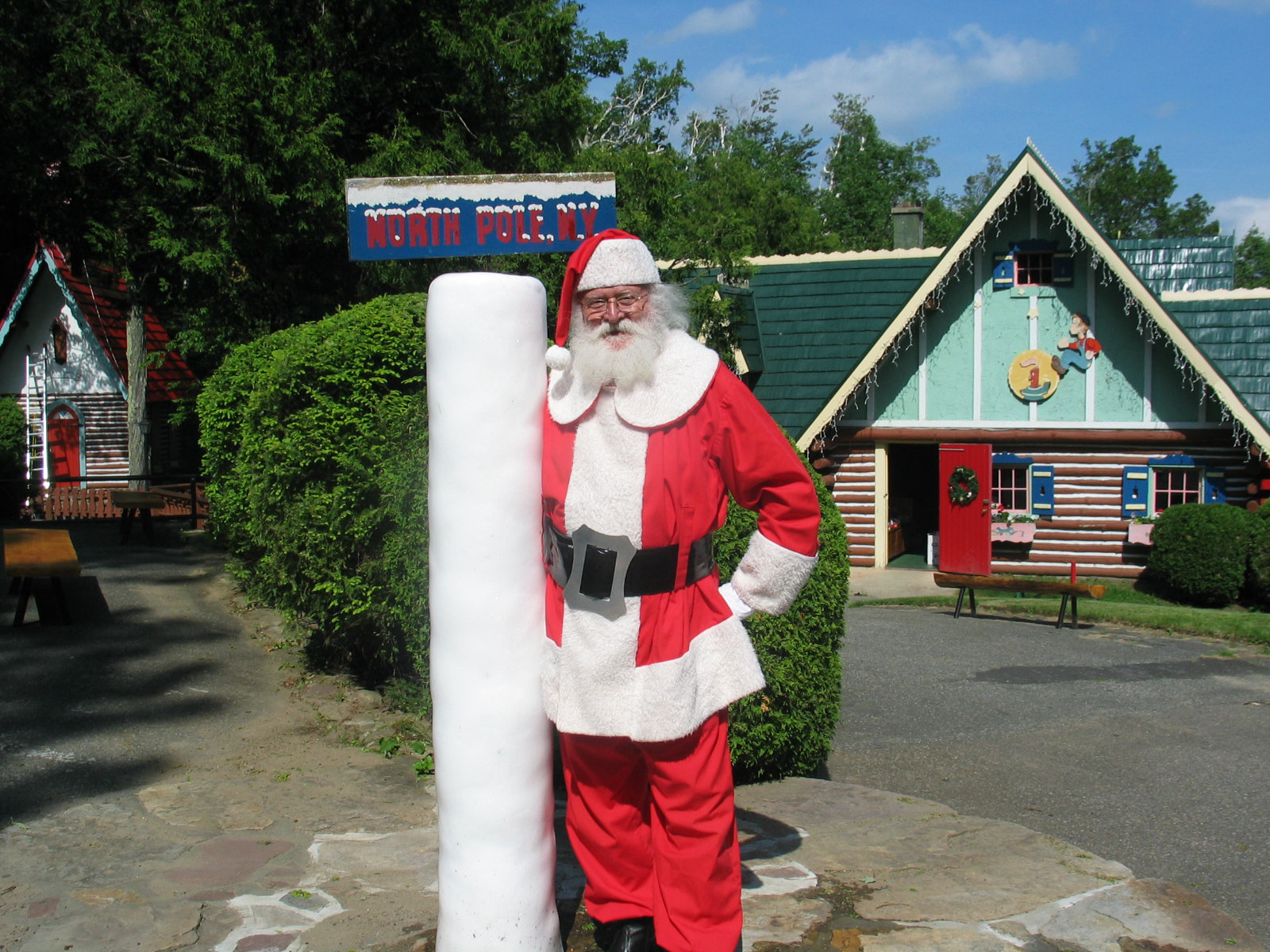




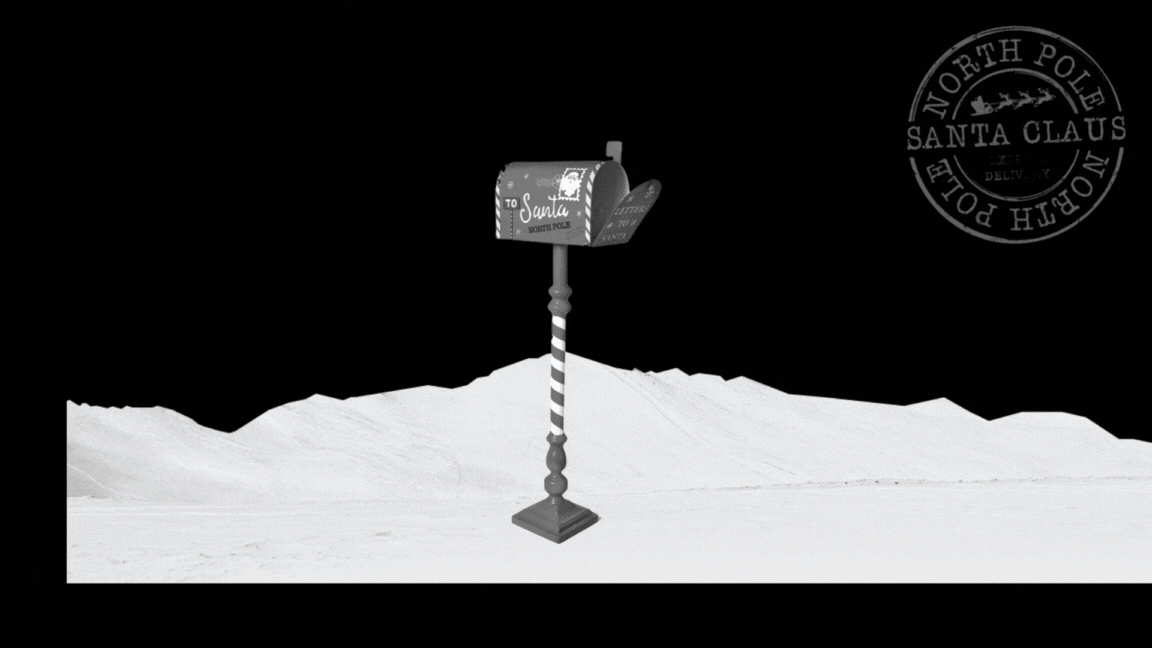









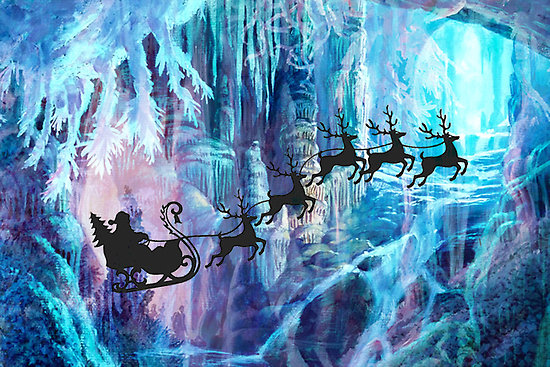


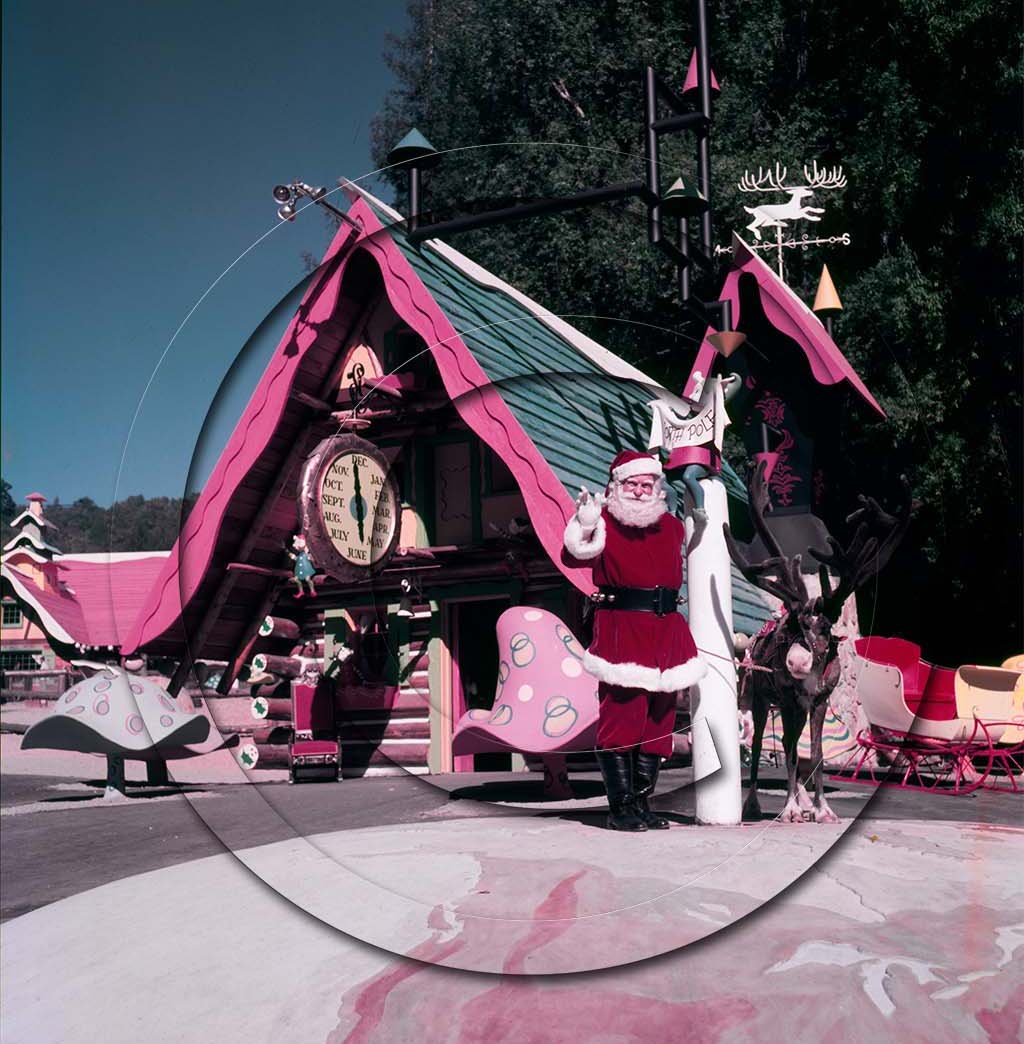

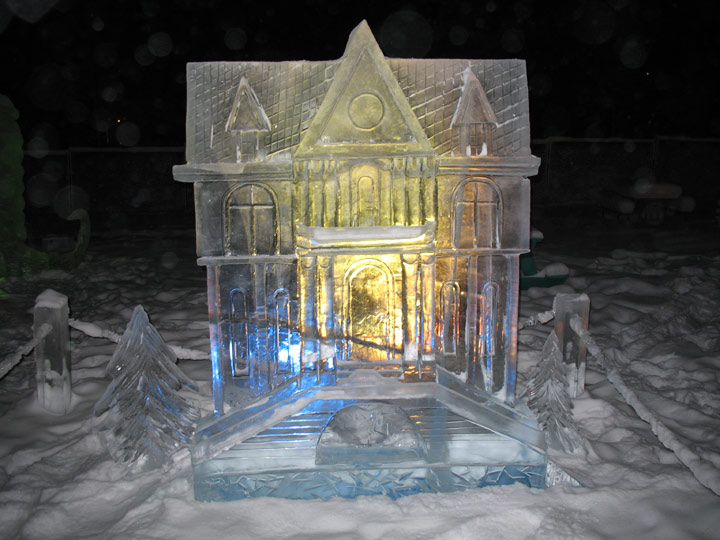















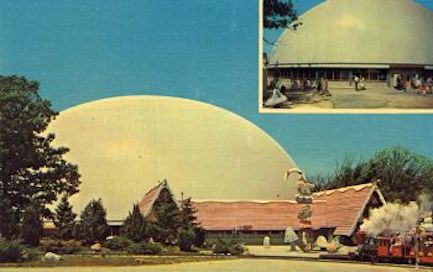
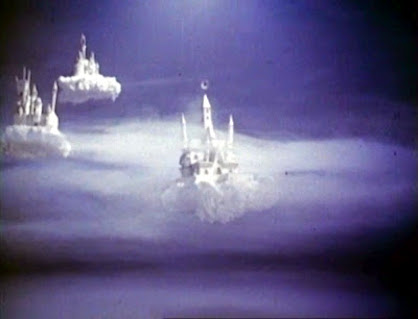














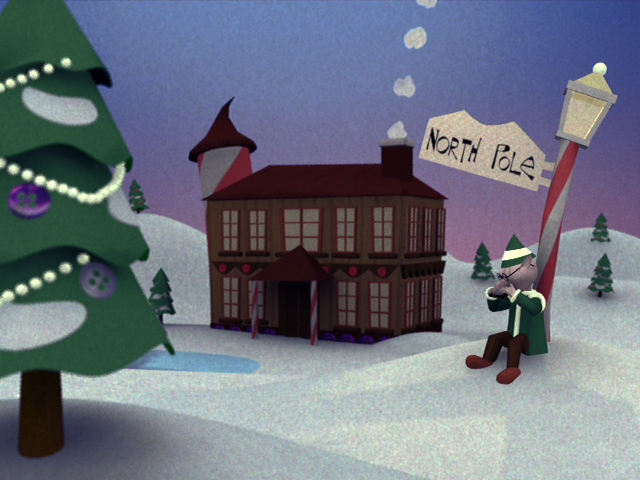















 Now available in North America
Now available in North America 